19. November, 2025delish0
In the world of barcode printing, we often focus on the performance of the printer, the quality of the label paper, or the chemical composition of the ribbon itself (wax-based, hybrid-based, resin-based). However, there is a crucial link that is often overlooked, which is hidden before the ribbon leaves the factory, but directly determines the success or failure of your printing effect and the level of cost - that is, ribbon slitting.
Have you ever encountered the following problems?
• Frequent "jumpers" and incomplete handwriting when printing?
• Ribbon suddenly breaks during printing, causing print interruptions and material waste?
• Printed labels with blurred edges or uneven ink color?
• Ribbon unwound, loose or stuck on the shaft?
If the answer is yes, then your problem may not be with the ribbon material or printer, but with your ribbon, which was not "cut" right in the first place.

Slitting machines: the "precision cutters" of ribbon production
The ribbon is a wide master roll when it leaves the factory, and needs to be cut into finished products of different widths such as 40mm, 60mm, 80mm according to the specifications of the customer's printer. This process is completed by ribbon slitting machines. It seems to be just a simple cutting device, but it is actually a highly demanding "precision cutter".
A good slitting machine and a poor quality slitting machine produce a world of difference in carbon zone. Its importance is mainly reflected in the following dimensions:
1. Cutting Precision: The cornerstone that determines print quality
• Precise width: The slitting machine must ensure that the width of each ribbon is absolutely accurate and accurate. Even an error of 0.1 mm can cause the ribbon to deviate during printing, and the edges cannot be completely pressed by the print head, resulting in blank printing or contamination of the printer roller.
• Smooth Cutting Edges: High-quality slitting machines use fine sharpening blades or ultrasonic cutting techniques to produce smooth, flat, and burr-free cutting surfaces. Inferior slitting will produce burrs and chips, which will fall off during the printing process, causing print stains at best, and getting caught in the print head at worst, causing permanent damage.
2. Rewinding tension control: the key to affecting operational stability
• Uniform tension: The best-in-class slitting machine has a sophisticated tension control system that ensures that the ribbon is subjected to uniform force during winding and that the coil is tight and flat.
• Avoid "collapsed" and "chrysanthemum": Uneven tension can cause ribbon rolls to appear "sagged" (uneven edges) or internal creases. After such a ribbon is put on the machine, the tension changes suddenly during operation, which can easily lead to breakage, wrinkling, or even directly tearing off the print head.
3. End face flatness: A visual reflection of the user experience
A ribbon with a mirror-like end face is not only beautiful, but also represents the stability of the internal structure. It means that the ribbon releases smoothly during high-speed printing, reducing jitter and ensuring consistent printing results on every label.
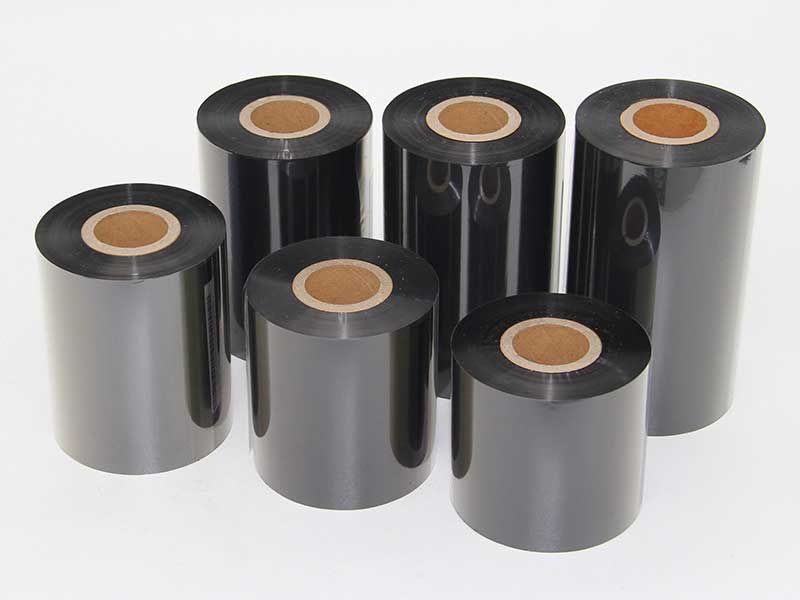
Neglecting slitting quality, what will you face?
Choosing a poorly slitted ribbon is like planting a "ticking time bomb" for your printing job:
• Reduced print quality: Broken wires, false typing, and contamination directly affect the readability and professionalism of labels, especially on barcodes that need to be scanned, which can lead to serious consequences that cannot be recognized.
• Reduced production efficiency: Frequent downtime to deal with broken belts and clean printheads greatly reduces the efficiency of automated production lines and delays order delivery.
• Increased operating costs: Ribbon waste, label paper waste, and equipment repairs, especially expensive printhead replacements, can creep up.
• Increased equipment loss: Ribbon chips and abnormal tension can accelerate the wear of the print head and rollers, reducing the life of the printer.
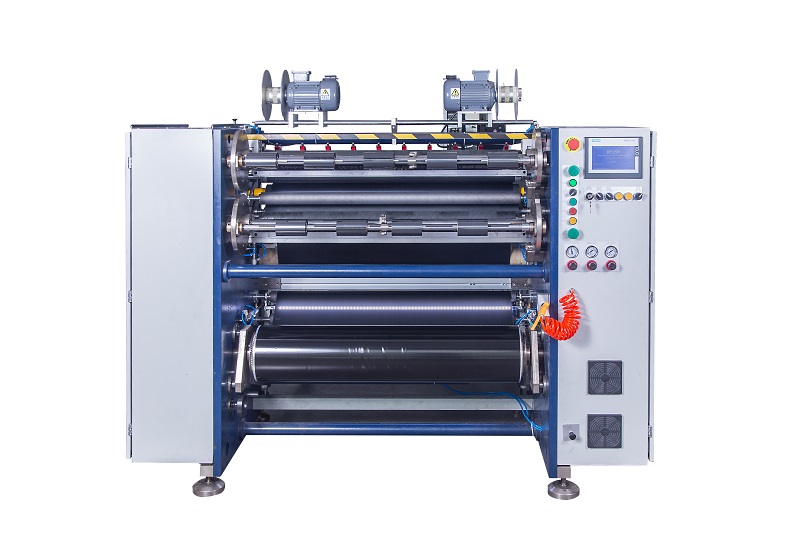
How can you tell if your ribbon is "cut" correctly?
When choosing a ribbon, in addition to paying attention to the brand and type, be sure to be a "person with a heart":
1. Look: Observe whether the end face of the ribbon coil is flat and whether the edges are smooth and burr-free.
2. Hand touch: Gently touch the edge of the ribbon to feel if there is a noticeable roughness or powder peeling off.
3. Trial: Go to the machine for a high-speed printing test, observe whether the operation is smooth and smooth, and check whether the label edges and print head are clean after printing.
epilogue
"If you want to do a good job, you must first sharpen your tools." As the "ink" of barcode printing, the slitting quality of ribbon is the invisible cornerstone to ensure the stable and efficient operation of the printing system. Next time, when you purchase ribbon, don't just ask about the price and type, but ask more: "How is your slitting process?" ”
Is your ribbon really "cut" right? Choosing a supplier with advanced slitting equipment and rigorous craftsmanship is the wisest investment in your print quality, equipment life, and overall operational efficiency. Because details determine success or failure, precise slitting is the indispensable soul of high-quality ribbon.




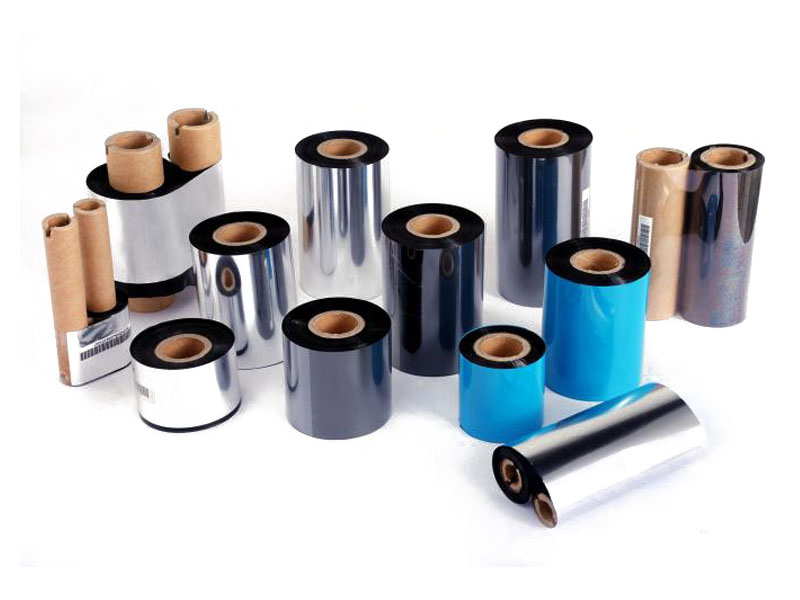


 Fully Automatic TTR Slitter RSDS8 Plus
Fully Automatic TTR Slitter RSDS8 Plus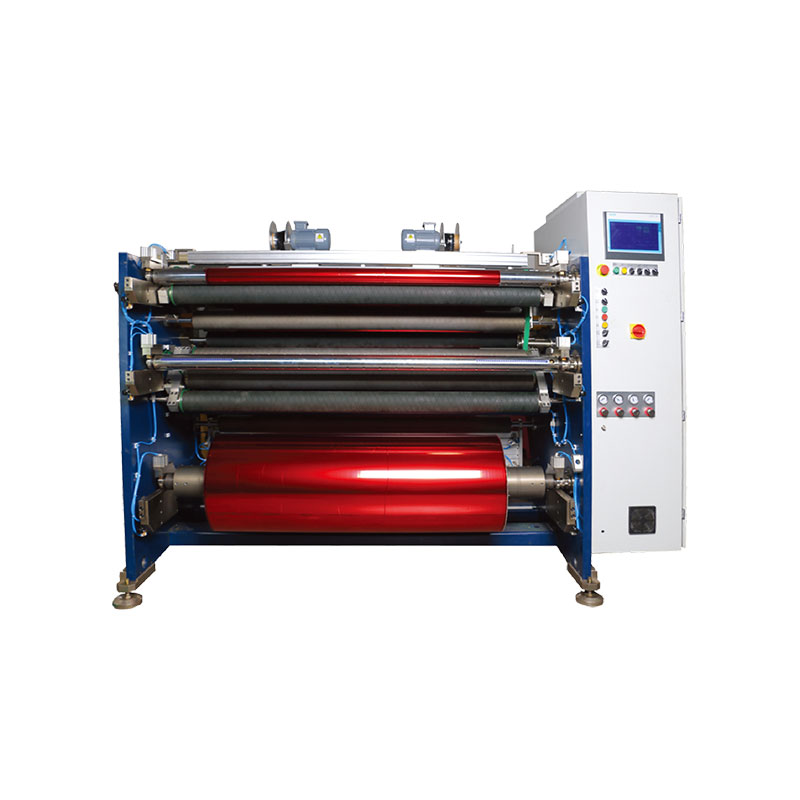 Hot Stamping Foil Slitter 1600mm
Hot Stamping Foil Slitter 1600mm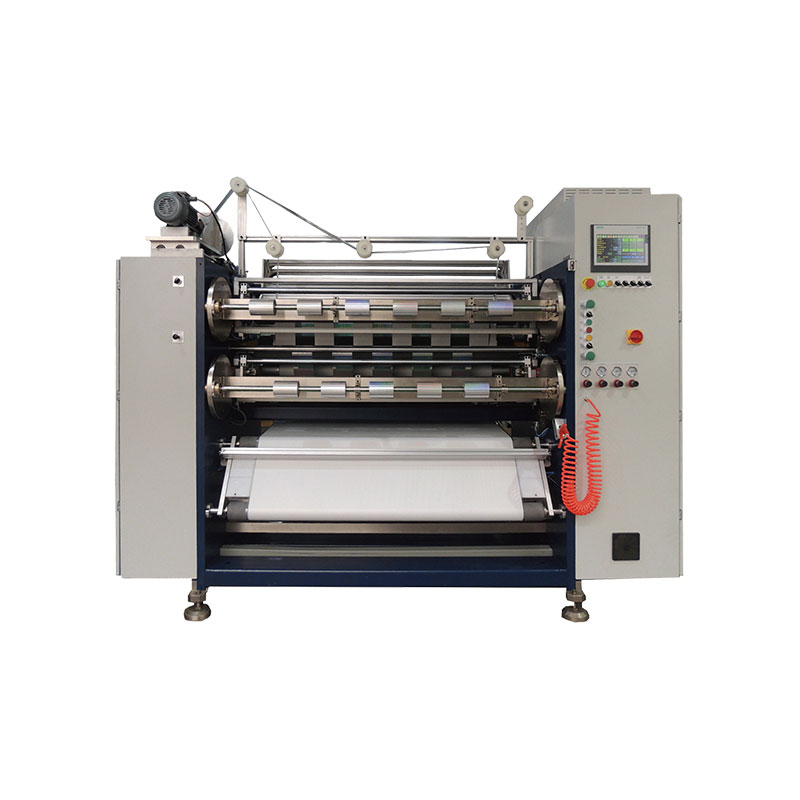 Hot Stamping Foil Slitter (4 Shafts)
Hot Stamping Foil Slitter (4 Shafts)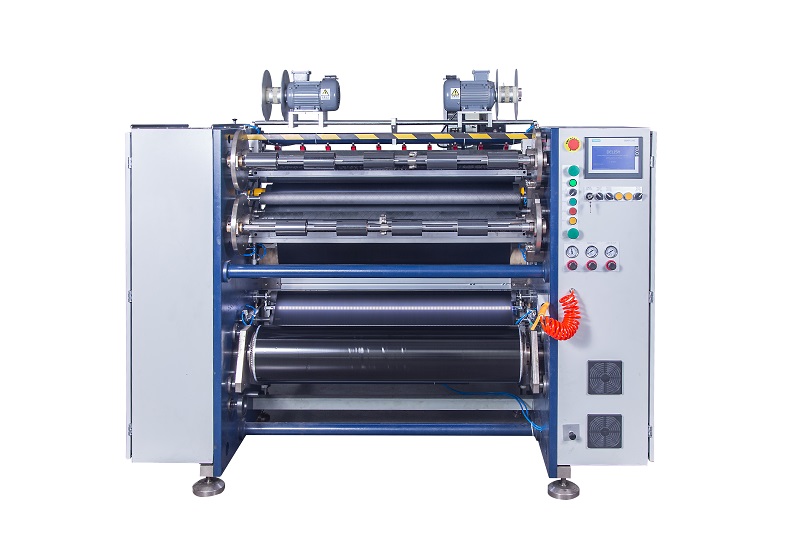 Semi-Auto TTR Slitter RSDS2 Plus
Semi-Auto TTR Slitter RSDS2 Plus Semi Automatic TTR Slitter RSDS5 Plus
Semi Automatic TTR Slitter RSDS5 Plus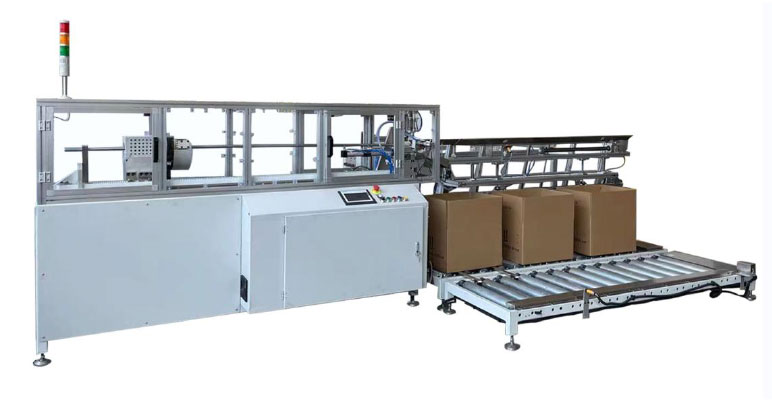 Auto Paper Core Cutter
Auto Paper Core Cutter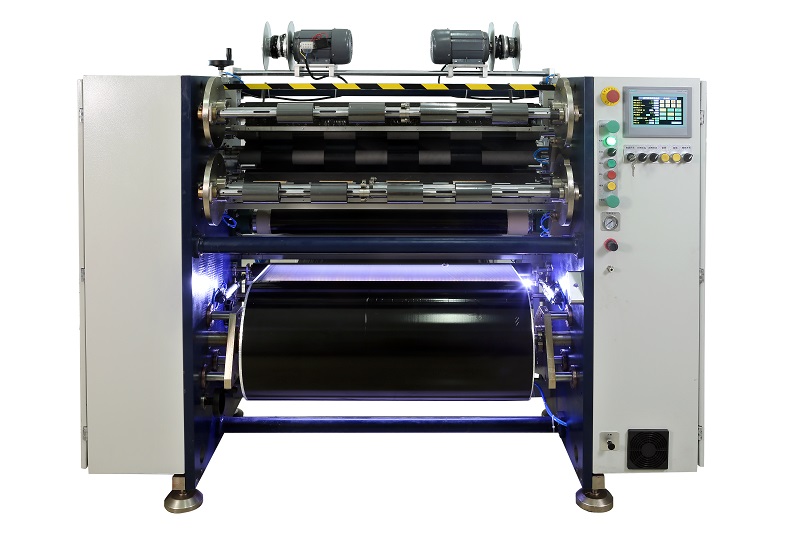 Manual TTR Slitter RSDS2
Manual TTR Slitter RSDS2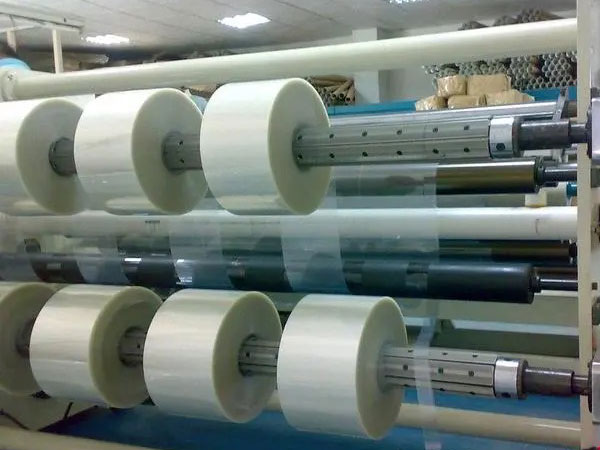 Film Slitting Machine
Film Slitting Machine





